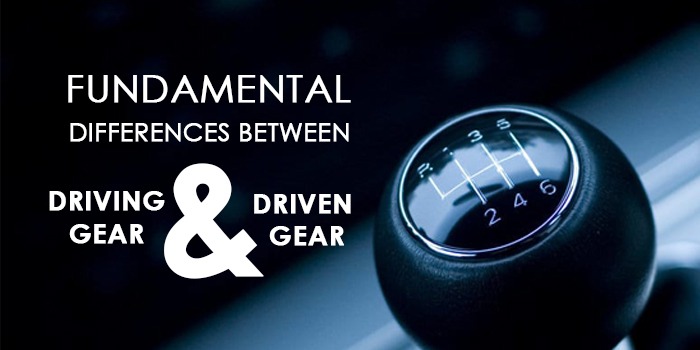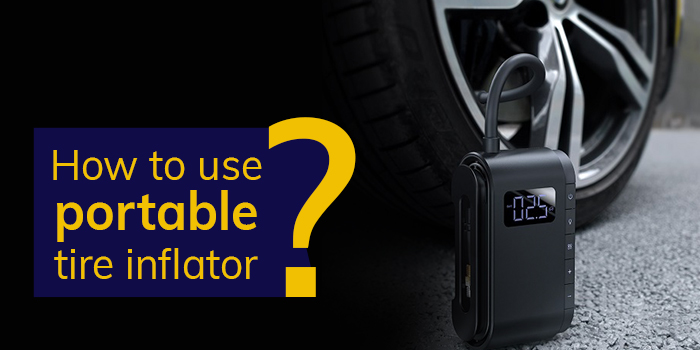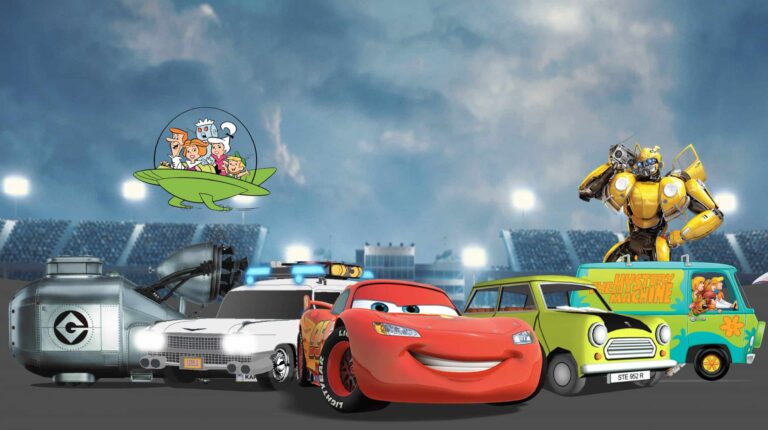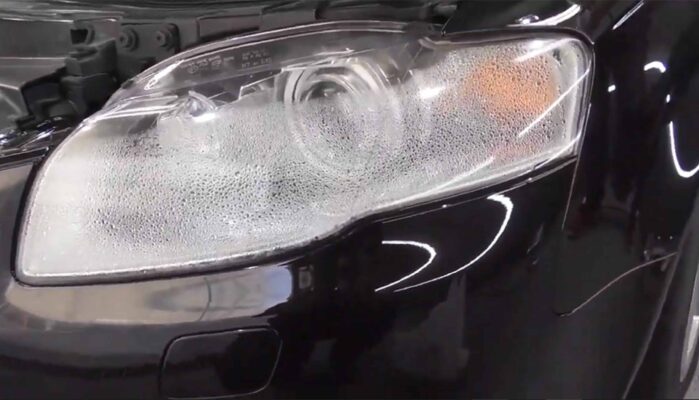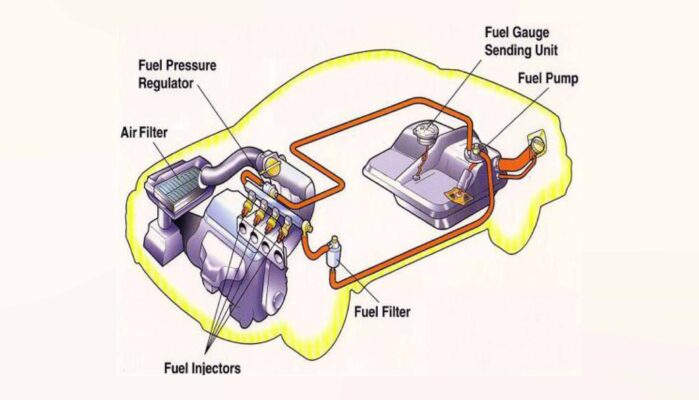
A diesel engine’s performance mainly depends upon their fuel injection system. In fact, superior engine performances could be achieved by making advancements in the fuel injection systems.
The main purpose of a fuel injection system or pump is to deliver fuel to the cylinders of a diesel engine, but the process of delivering the fuel impacts the engine performance, emissions and engine noise characteristics. Let us explore this system which affects so many distinctive features of an engine.
Purposes of a fuel injection pump
Unlike its petrol counterpart which is spark plug operated, a diesel engine demands fuel to be delivered at high pressure. For this, the system components must be able to withstand extreme pressures.
Mainly,
- Fuel injection system ensures that the fuel is injected at the proper time and that the timing is controlled.
- It also controls the amount of fuel getting delivered so that the engine gets the necessary power.
Some aspects that leads to optimum performance of the fuel injection system are:
Fuel atomization
Atomization means breaking down into smaller fragments. A fuel injection needs to break the fuel into small fragments so that the fuel completely vaporizes and the efficiency remains high. If the fuel is not broken into smaller fragments then the fuel won’t be vaporized completely which will lead to low efficiency of the engine and in turn increase the running cost of the vehicle.
Bulk mixing
For optimum combustion to take place, we know oxygen is necessary. This is called the bulk mixing as the oxygen gets mixed. If sufficient oxygen is not present during the combustion of the fuel then also the efficiency will be less. Sufficient oxygen must be entrained into the fuel jet continuously during the combustion process for proper functioning of the engine.
Air utilization
This is related to bulk mixing. Fuel injection pump needs to provide sufficient air being utilized. For this purpose, the air inflow is divided into a number of jets and it is made sure that the fuel gets as much air as possible during the time of combustion.
The above explanation has been summarized into a diagrammatic form below:
Fig. Main purposes of a fuel injection system.
Fuel injector parts and description
Before going into the parts of a fuel injector, first we need to know that the fuel injection system is divided into low pressure side and high pressure side.
The low pressure side includes three components namely fuel tank, fuel supply pump and fuel filter and the high pressure side has components such as a high pressure pump, accumulator, fuel injector and fuel injector nozzle.
Overview of low pressure side components
Obviously for the fuel injection system to work, the fuel must be transferred to it from the fuel tank. The low pressure side does this job.
Fuel tank and fuel supply pump
The fuel tank acts as a reservoir of the fuel. Fuel tanks must be anti-corrosive and leakproof so that fuel does not leak. Fuel tanks should also be able to withstand pressure of above 30kPa. A fuel tank keeps the temperature of the fuel below its flash point. It also acts as a means to dissipate heat from the engine.
The fuel supply pump collects the fuel from the fuel tank and delivers it to the high pressure pump. Fuel supply pumps can be electrically or mechanically driven by the engine. Electronic fuel supply pumps allow it to be placed anywhere including inside the tank. Mechanical supply pumps can be used to serve more function along with its usual job like fuel pump and a vacuum pump for brake booster.
Fuel filter
As fuel may contain contaminants so a fuel filter is necessary for the proper functioning of the engine. It can contain one or more stages of filtration.
A two stage filter typically has a filter set in the inlet side of the fuel transfer pump called as the primary filter. It filters out the larger contaminants.
The secondary filter is to filter out smaller particles which may damage engine components if these go to the engine. Secondary filter needs to endure high pressure.
One stage filters, filter the small and large particles with a single filter.
Common materials used in modern filters are synthetic fibers or cellulose which filters out the particles. Micro glass membrane can also be used but it is avoided due to the risk of damaging fuel supply components in case this micro glass breaks off.
In general, when two stage filtration is used and the primary and secondary layers are in series, the primary filtration removes particles of about 10-30 micrometer size and the secondary filters out 2-10 micrometer sized particles.
In addition to the contaminants, the filtration system also has components to filter out water as water can cause serious damage to various components. A good approach is building a filter media which separates water from fuel.
High pressure side components
From the low pressure side, the fuel is sent to the high pressure side for the final steps
High pressure pump
This unit delivers fuel from the low pressure side to the high pressure side. There is a volume controller which is controlled by a metering unit installed on the suction side. This is responsible for providing the required amount of fuel to the pump.
Accumulator
This serves the function of increasing the volume of fluid in the system. In the fuel injected system, this component maintains a constant pressure and dampens pressure fluctuation at the time of fuel injection during combustion.
Fuel injector
A fuel injector is an electronically controlled valve. Fuel pump provides pressurized fuel to this valve and it opens whenever it gets the command. It can open and close many times in just a second.
Fuel injector nozzle
In simple terms, you can say it is the tip of the fuel injector. Through this nozzle the fuel is ejected out.
Fuel supply system of petrol engines
In petrol engines, the carburetor system is widely used. A spark plug is used to ignite the fuel. A carburetor is less efficient than the fuel injected ones.
In a carburetor, the fuel gets drawn from the tank directly and hence it is not controlled so uses a lot of fuel.
But nowadays bikes have advanced and fuel injection systems are being used in petrol engines too. The fuel injection system delivers fuel through the injector and is controlled. So, we get more efficiency and better mileage in fuel injected bikes.
In short, the fuel injected system is a highly advanced mechanism and we have learnt a lot about this system in this blog. It is good to know how your car engine works and which system is more efficient so that it can help you make decisions.



